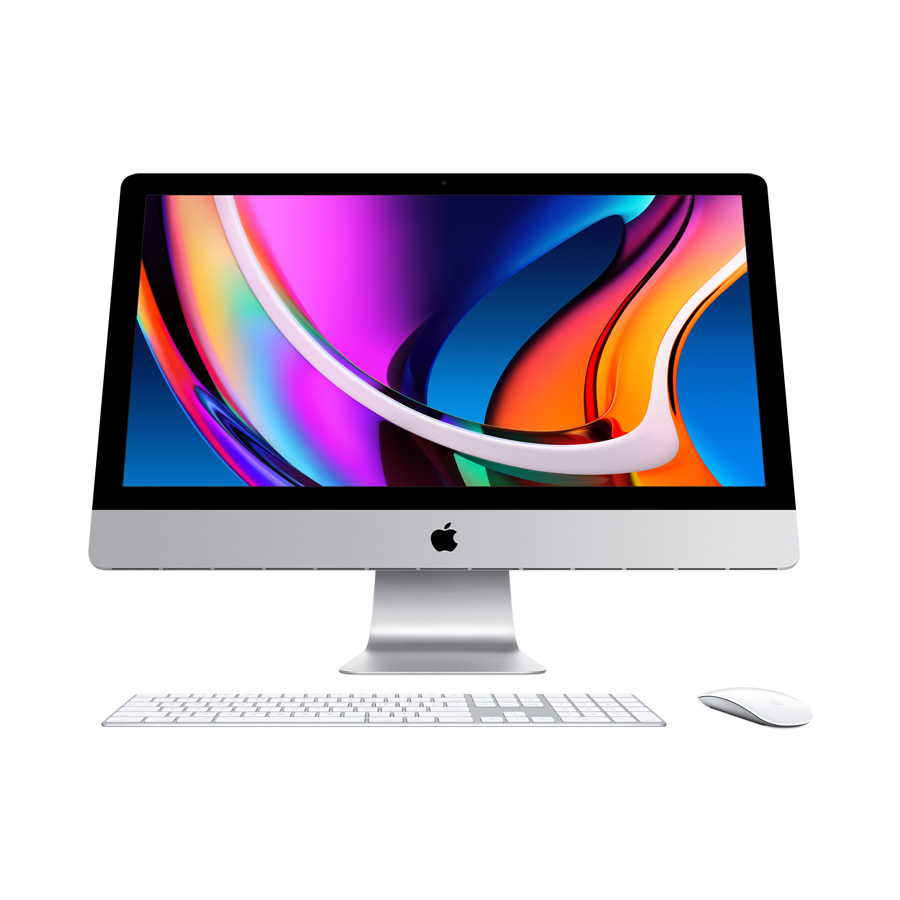Is your iMac running slow and making simple tasks feel like a chore? You’re not alone. Even though iMacs are known for their reliability and long life, they can experience slowdowns over time—especially if you’ve had yours for a few years. At 73inc, we help customers breathe new life into their older Apple devices every day. Before you consider replacing your iMac, try these seven tips to improve its performance right away.

1. Remove Unnecessary Login Items
Too many apps launch at startup, which can make your iMac run slow right from the moment it boots up. Login items use up memory and processing power before you even open a browser or app.
What to do:
- Head to System Settings, select General, and then open Login Items to manage which apps start automatically when your iMac boots up.
- Remove any apps that aren’t essential for startup
This simple step clears out system resources for the tasks you actually care about.
2. Free Up Storage Space
If your iMac is low on available storage, performance will drop. macOS uses disk space to manage virtual memory, and when that space is limited, everything slows down.
What to do:
- Go to System Settings > General > Storage
- Review files, apps, and downloads
- Delete or move large files to an external drive or iCloud
Clearing out space can dramatically improve speed, especially if your storage is over 85% full.
3. Use Activity Monitor to Spot Heavy Apps
Some applications consume too much CPU or memory, especially older versions or poorly optimized software. If your iMac is running slow, check what’s eating up your resources.
What to do:
- Open Activity Monitor (use Spotlight Search)
- Check the CPU and Memory tabs
- Force quit apps using excessive resources
This allows you to spot and stop performance-hogging apps before they drain your system.
4. Reset NVRAM and SMC
Occasionally, performance issues stem from minor system errors or misconfigurations stored in your iMac’s NVRAM (non-volatile RAM) or SMC (System Management Controller).
To reset NVRAM:
- Shut down your iMac
- Turn it on and immediately press Option + Command + P + R
- Hold for about 20 seconds, then release
To reset SMC (for Intel-based iMacs):
- Shut down your Mac
- Unplug the power cable
- Wait 15 seconds, then plug it back in and turn the Mac on
This can fix random glitches and help your system feel more responsive.
5. Reduce Visual Effects
Animations and transparency effects look nice, but they use up valuable processing power. If your iMac is running slow, turning off these effects can make a difference.
What to do:
- Go to System Settings > Accessibility > Display
- Enable “Reduce Motion” and “Reduce Transparency”
Also, go to System Settings > Desktop & Dock and disable unnecessary Dock animations. These changes speed up interaction and reduce delays.
6. Check Battery and Disk Health
A failing hard drive or degraded battery (for iMac models with internal batteries) can be the root cause of slowdowns. Hardware issues aren’t always visible—but they impact performance heavily.
What to do:
- Open Disk Utility via Spotlight
- Select your main disk and run First Aid to scan for issues
For battery status (on iMacs with internal batteries):
- Go to System Report > Power to view cycle count and health status
If problems show up, it may be time to get your device assessed at 73inc. Our experts can run full diagnostics and provide hardware solutions, including replacements.
7. Perform a Clean Reinstallation of macOS
If nothing else helps and your iMac is running slow, a fresh install of macOS might be your best option. This removes hidden bugs, corrupt system files, and any lingering software issues that may be holding your iMac back.
Before reinstalling:
- Make sure to save your essential files by creating a backup with iCloud or an external drive using Time Machine.
Then:
- Restart in Recovery Mode (Command + R)
- Choose “Reinstall macOS” and follow the on-screen instructions
This process gives your system a clean slate without needing new hardware.
Still Slow? Let 73inc Help
If you’ve tried all these tips and your iMac is still running slow, it might be time for a hands-on diagnosis. At 73inc, our team can:
- Run complete hardware and software diagnostics
- Repair or upgrade internal components
- Offer support for macOS clean installations
- Help with safe data backup and transfer
We’ve helped countless customers avoid unnecessary upgrades by restoring their iMac’s performance.
Why Choose 73inc?
We specialize in real solutions—not upselling. Our services include:
- Diagnostics for slow systems and startup issues
- RAM upgrades and hard drive replacements
- Reliable iPhone screen fix in Auckland and iPhone battery replacement
- Quick support for any iPhone fix in Auckland you need alongside your Mac repairs
Whether you’re looking for help with your iMac running slow or other Apple-related problems, we’re here to help—no guesswork, no confusion.
Final Thoughts
A slow iMac doesn’t always mean it’s time to buy a new one. Sometimes all it takes is a few settings adjustments, some basic maintenance, or a hardware upgrade. These seven proven tips can go a long way in improving your iMac’s performance.
If your iMac is running slow and you need expert help, stop by 73inc today. We’ll provide honest feedback, clear options, and affordable services to help you get the most out of your Apple device.


